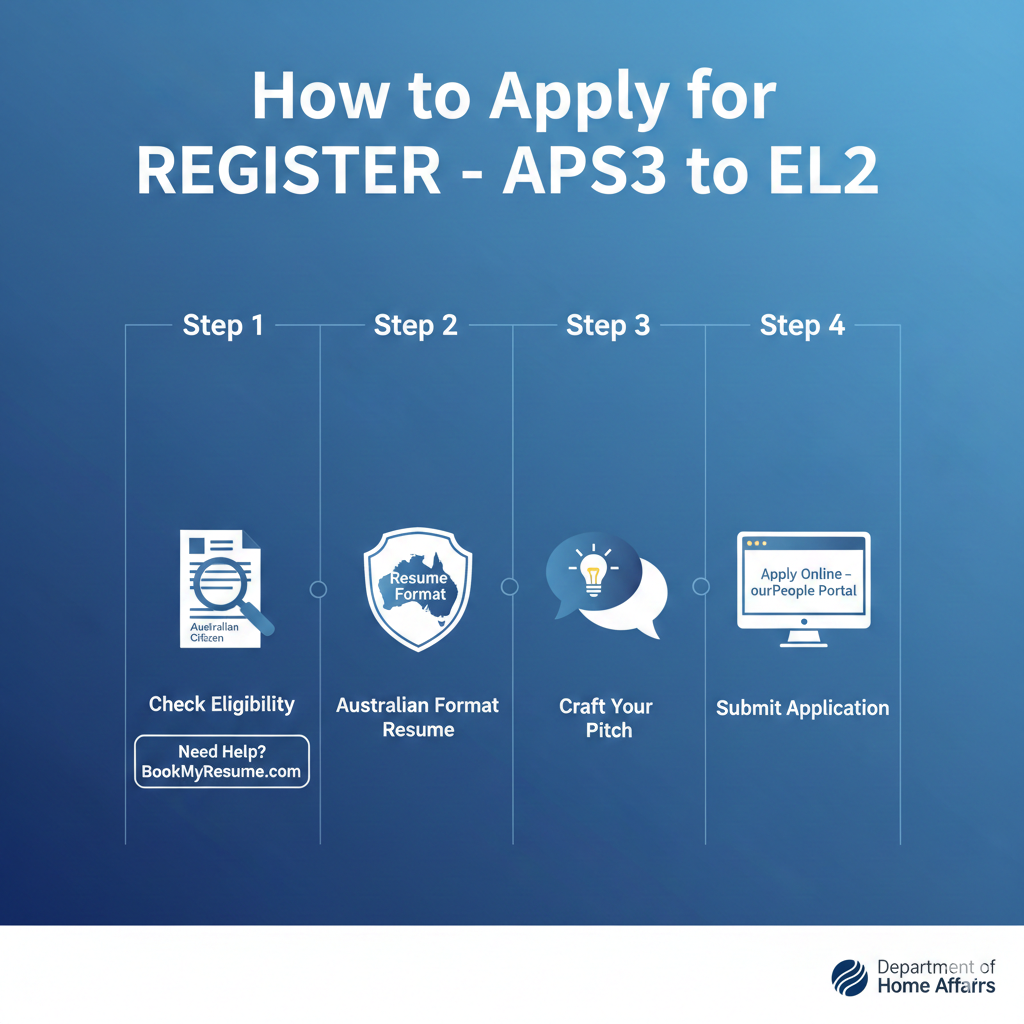Blog Detail

The Power of Keywords: Optimizing Your Australian Resume for Applicant Tracking Systems
Jun 15, 2024
The Power of Keywords: Optimizing Your Australian Resume for Applicant Tracking Systems
In today's highly competitive job market, it's crucial to ensure that your resume stands out from the rest. One effective way to achieve this is by optimizing your resume with the right keywords. Applicant Tracking Systems (ATS Resume Format) are commonly used by employers in Australia to manage the large influx of resumes they receive for each job opening. By tailoring your resume to align with the keywords and phrases sought by these systems, you can greatly increase your chances of being noticed and considered for the position. In this blog post, we will explore the power of keywords and provide valuable tips for optimizing your Australian resume for Applicant Tracking Systems.
Understanding Applicant Tracking Systems (ATS)
Before diving into the specifics of keyword optimization, it's important to understand how Applicant Tracking Systems work. ATS is a software application that assists employers in streamlining their hiring process by scanning, parsing, and ranking resumes based on specific criteria. These systems help save time and effort for employers by automatically filtering out resumes that do not match the desired qualifications, skills, and experience.
The Importance of Keyword Optimization
Keyword optimization involves strategically incorporating relevant keywords and phrases into your resume to ensure it passes through the ATS filters. By doing so, your resume will rank higher in the system and have a better chance of reaching the hands of a hiring manager.
Identifying Relevant Keywords
The first step in optimizing your resume is to identify the keywords that are most relevant to the job you are applying for. Start by carefully reviewing the job description and making note of the skills, qualifications, and experience requirements mentioned. Look for recurring keywords and phrases that are specific to the industry or job role. For example, if you are applying for a software developer position, keywords like "programming languages," "software development," and "agile methodologies" may be important.
Incorporating Keywords Strategically
Once you have identified the relevant keywords, it's time to strategically incorporate them into your resume. Here are some key areas where you should include keywords:
- Professional Summary/Objective: Begin your resume with a compelling professional summary or objective that includes a few key relevant keywords. This will catch the attention of both the ATS and the hiring manager.
- Skills Section: Create a dedicated skills section where you list the specific skills and competencies required for the job. Be sure to include the keywords you have identified, providing a clear indication of your proficiency in those areas.
- Work Experience: When describing your work experience, emphasize achievements and responsibilities that align with the keywords found in the job description. Use action verbs and specific examples to demonstrate your expertise.
- Education and Certifications: If you possess any relevant certifications, degrees, or diplomas, mention them in the education section of your resume. Include keywords related to the qualifications sought by the employer.
- Additional Sections: Depending on the nature of the job and your unique qualifications, you may have additional sections such as "Projects," "Publications," or "Volunteer Experience." Use these sections to highlight experiences that further reinforce the keywords you have identified.
Formatting and Presentation Tips
While incorporating keywords is essential, it's equally important to present your resume in a clean, well-organized format. Here are some Resume formatting tips to consider:
- Use Standard Resume Sections: Organize your resume into standard sections such as professional summary, skills, work experience, education, and additional sections. This makes it easier for the ATS to parse and evaluate your resume.
- Choose the Right Font and Size: Stick to a professional font such as Arial, Calibri, or Times New Roman, and use a font size between 10 and 12 points. This ensures readability and compatibility with different ATS systems.
- Avoid Fancy Formatting: While it may be tempting to use fancy fonts, colors, or graphics, it's best to keep your resume simple. ATS systems may have difficulty parsing complex formatting, potentially leading to important information being overlooked.
- Save Your Resume in a Compatible Format: Save your resume as a PDF or Word document to ensure compatibility with different ATS systems. This helps maintain the formatting and prevents any issues with the parsing process.
Continuous Improvement and Customization
Optimizing your resume for Applicant Tracking Systems is an ongoing process. As you apply for different positions, make sure to review and customize your resume to match the specific job requirements and keywords. Avoid using a one-size-fits-all approach, as each job has unique criteria that the ATS will be scanning for.
Final Thoughts
In the digital age, understanding the power of keywords and optimizing your resume for Applicant Tracking Systems is essential to increase your chances of landing a job interview. By identifying relevant keywords and strategically incorporating them into your resume, you can improve your visibility and demonstrate your suitability for the desired position. Remember to maintain a balance between keyword optimization and presenting your qualifications and achievements genuinely. With the right approach, your resume will stand out among the sea of applicants and capture the attention of hiring managers in Australia.









